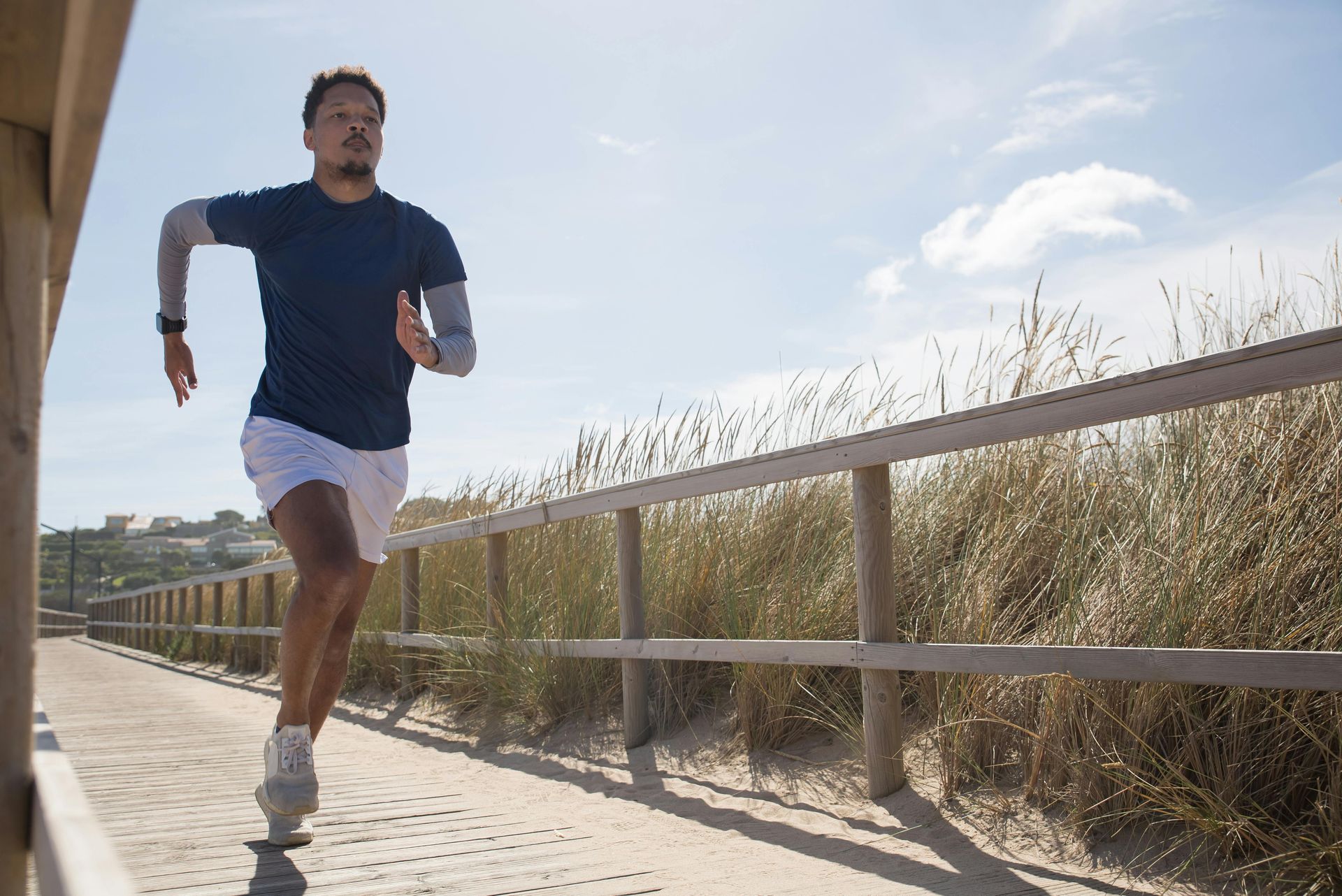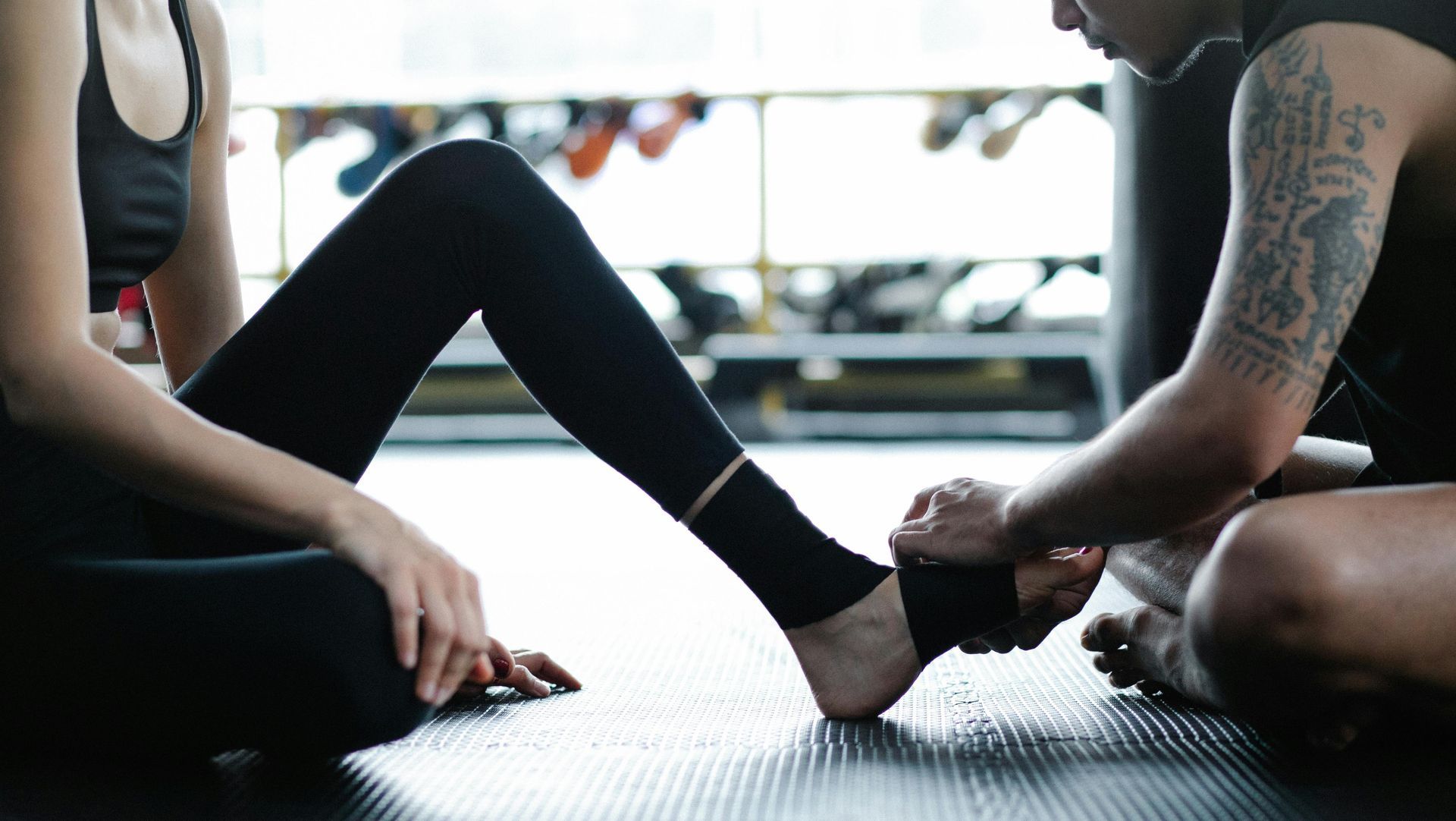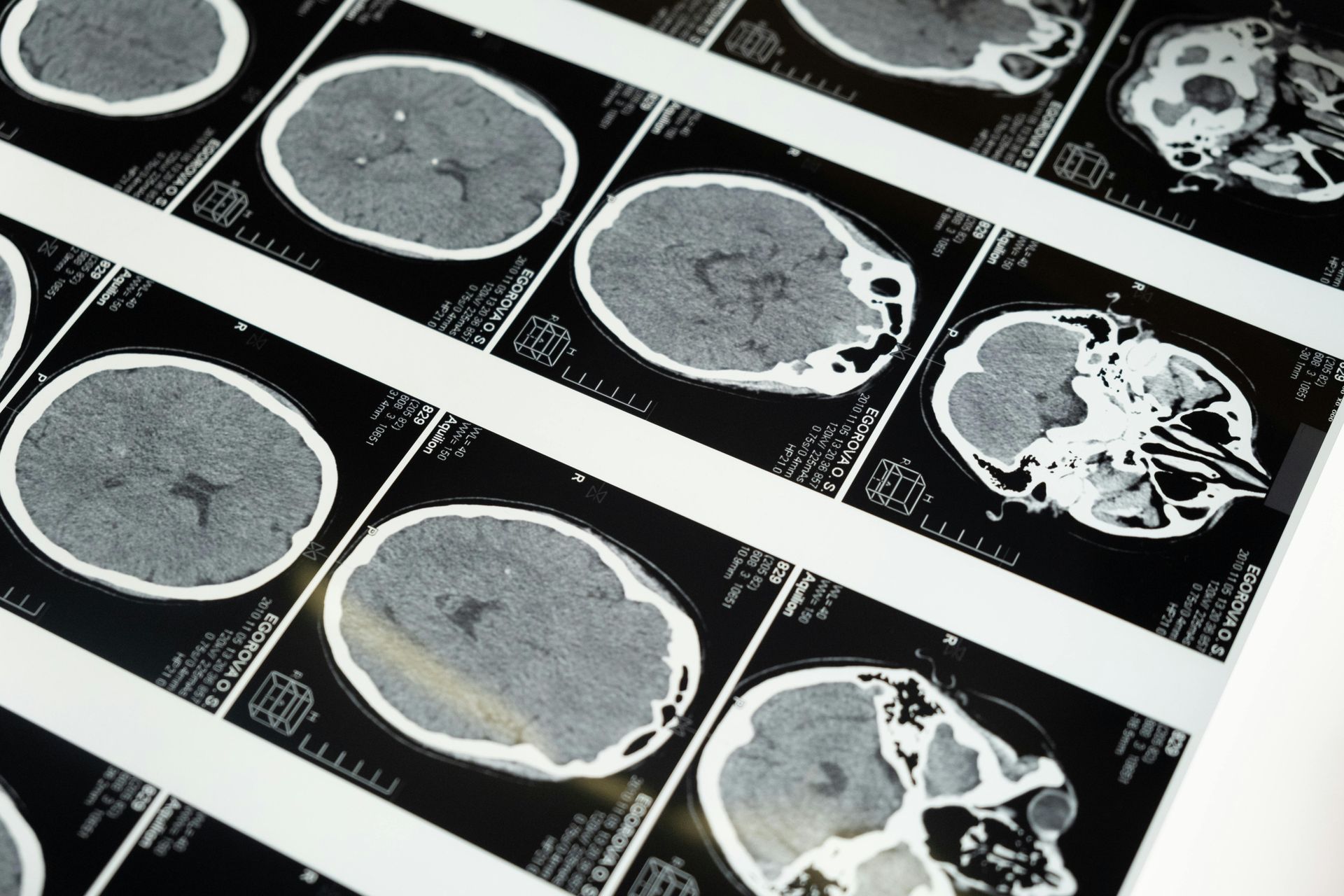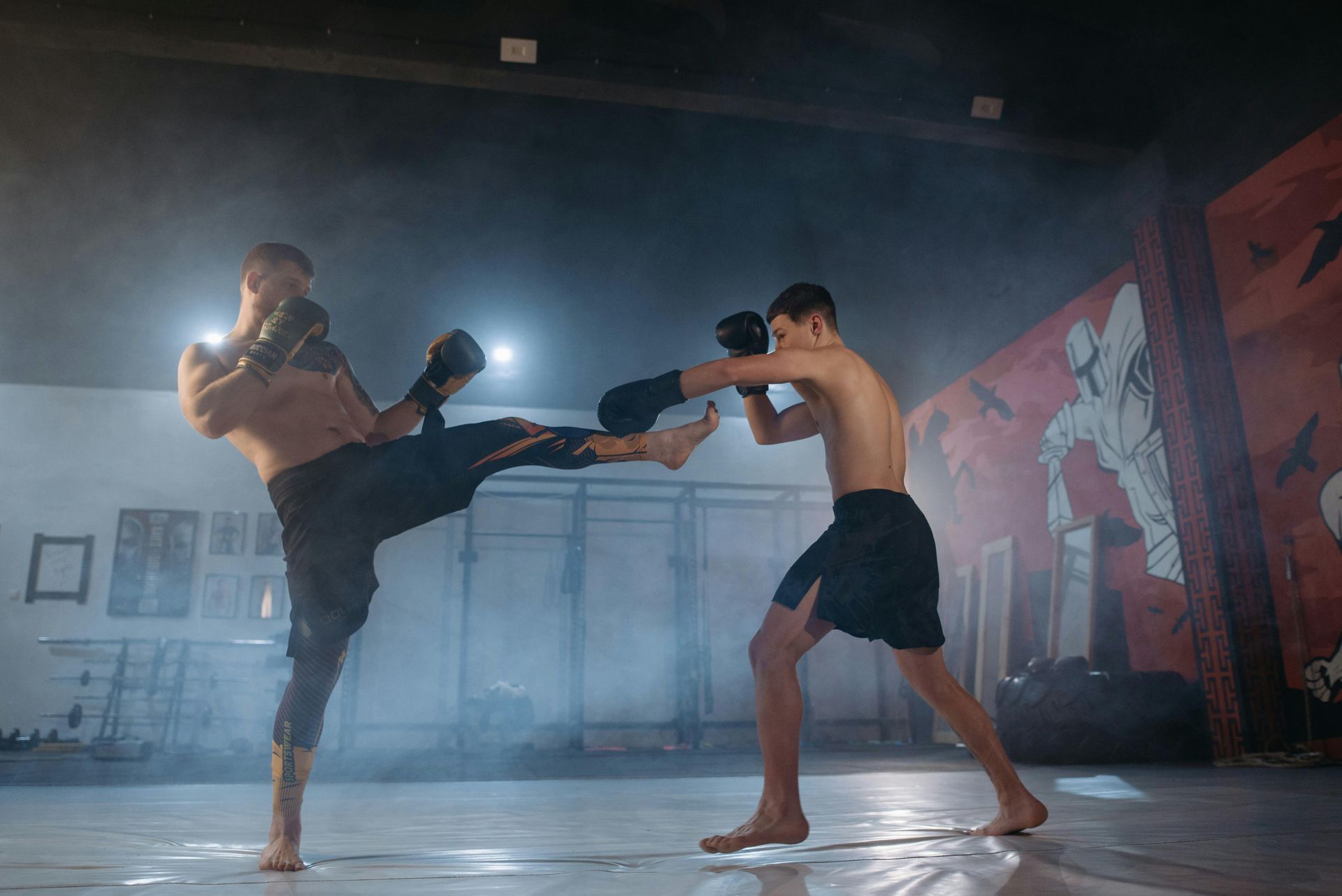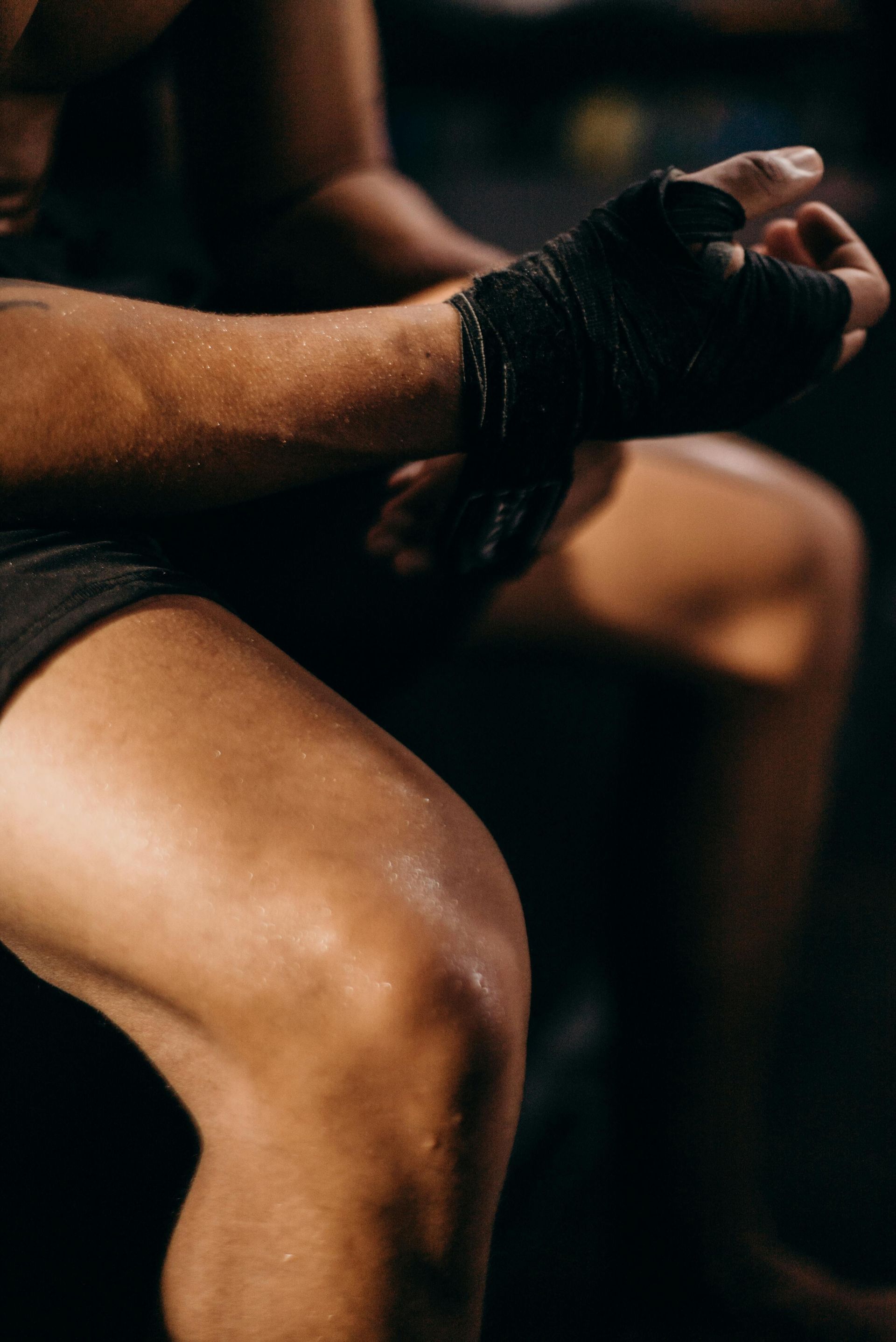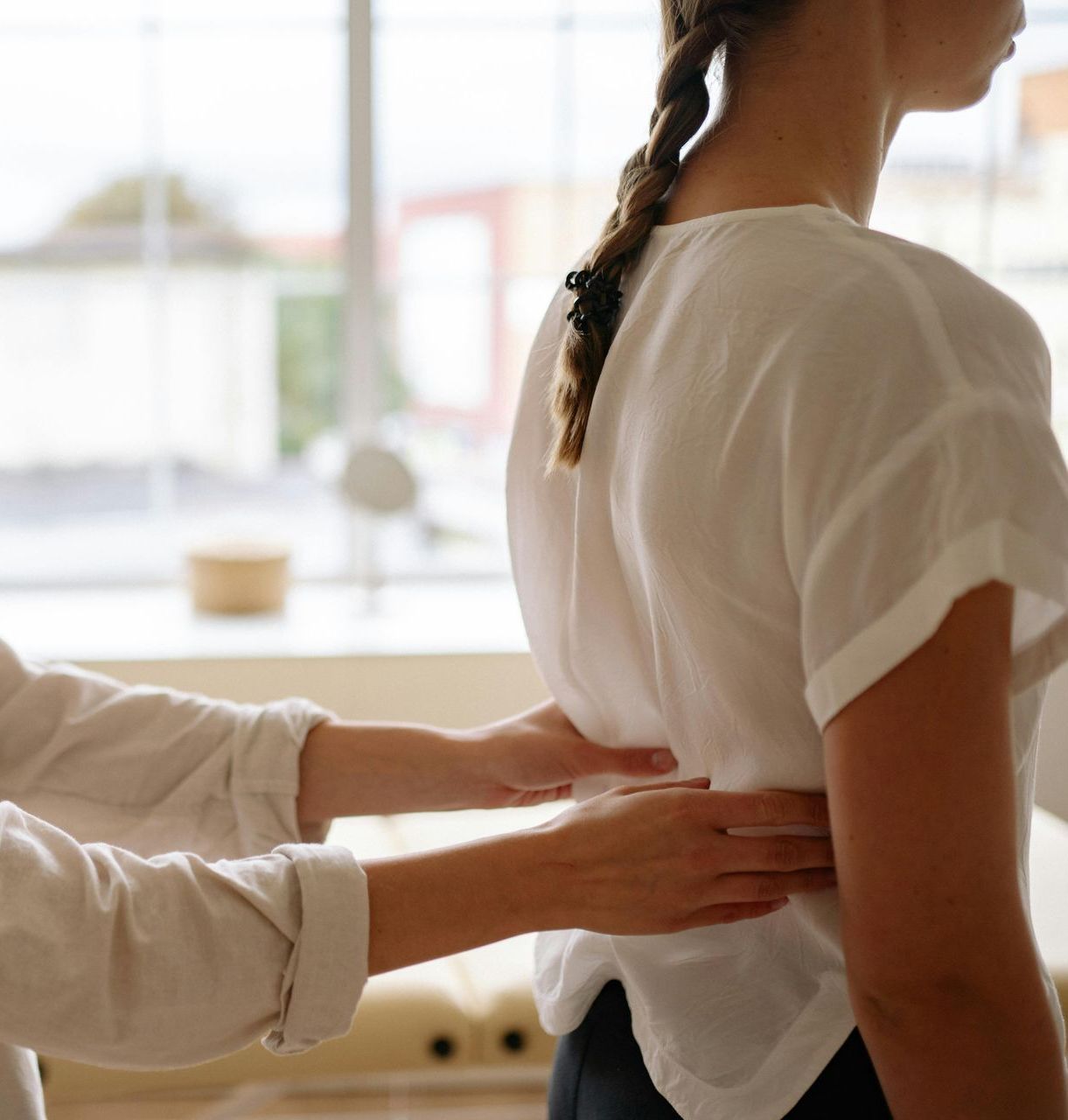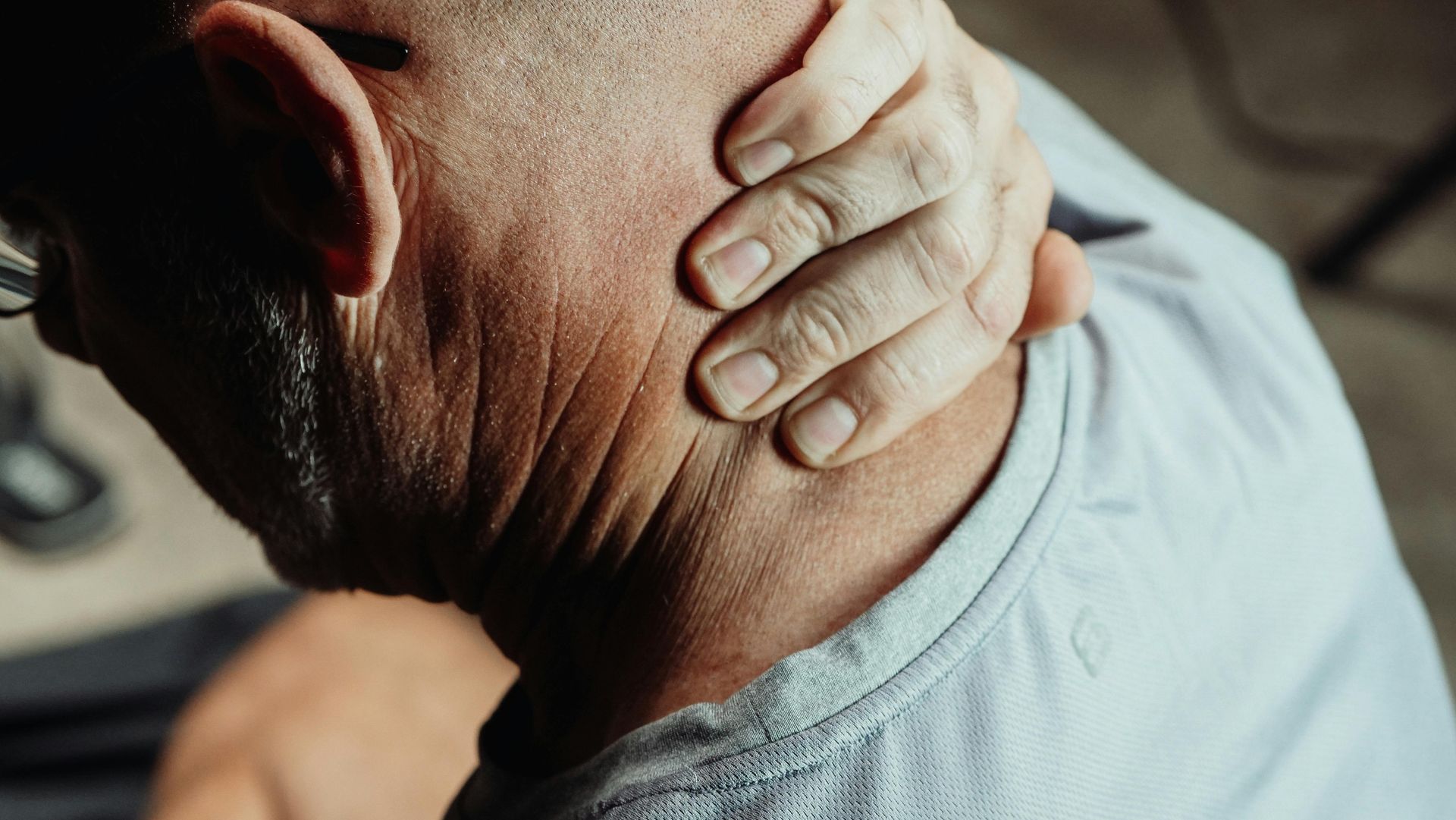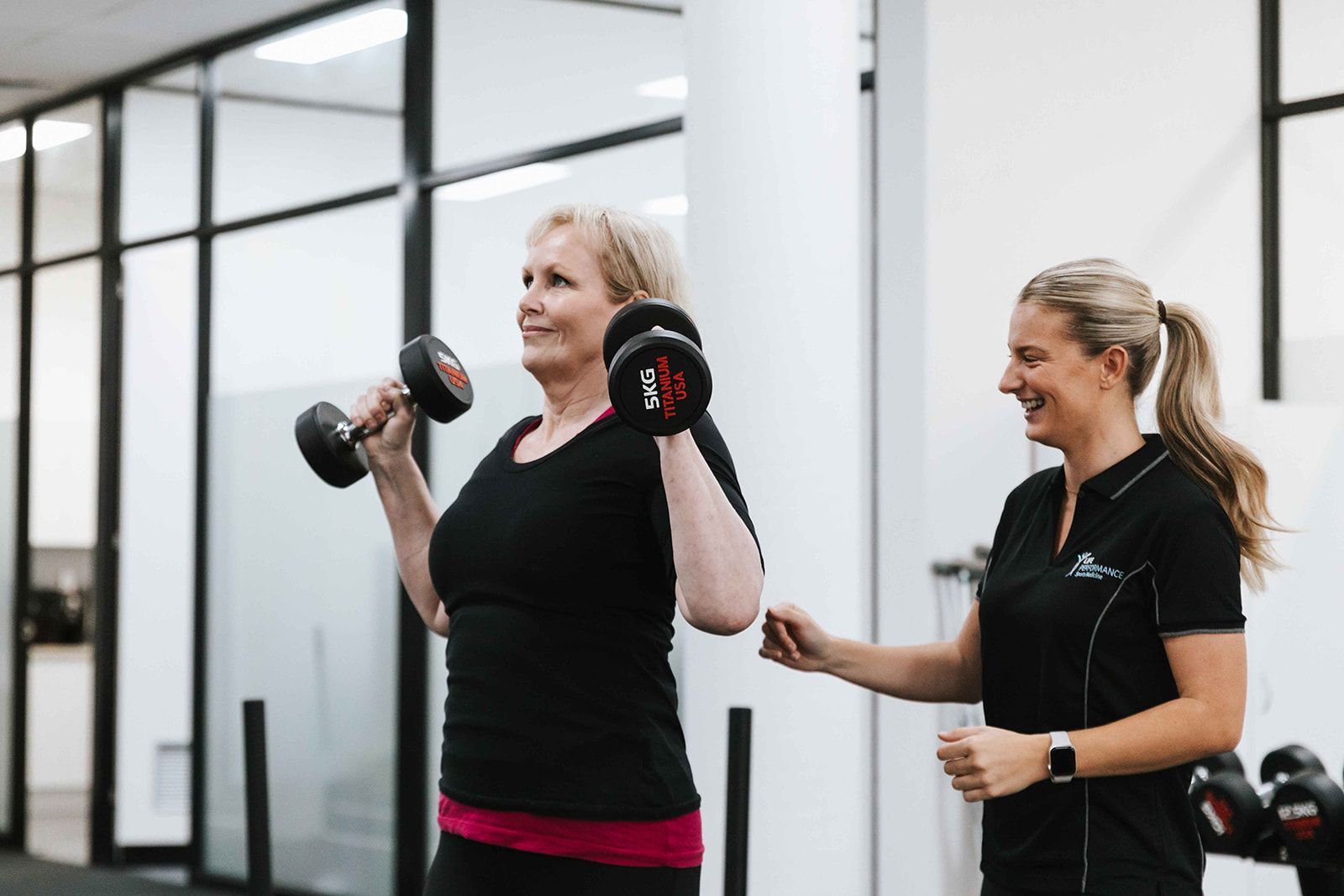The Best Exercise For Low Back Pain!
Now that we have optimised our organic reach with this catchy (ok, boring) title!
& hopefully gathered your attention!
Let's discuss the digital age of......
'The best exercise for (INSERT INJURY)'

Whilst you are now reading an informative & and pragmatic masterpiece on making an appropriate exercise selection specific to an injury, there is no doubt that 3 minutes ago you were 'doom scrolling' Instagram learning about a magical exercise that will cure all of your pain!
The digital age has opened a pandoras box of unregulated advice, education and strategies, which at times can oversimplify the pain experience.
The presence of pain and injury can occur due to a multitude on interacting factors and provides many complexities to the patient and the treating clinician – many more than can be solved with one magic bullet (Exercise!).
&
While we advocate the provision of value to the population with widespread promotion of health behaviours through online content,
we are a little fed up with the line.....
'Do you have back pain, do this exercise!'
So why doesn’t a ‘once size fits all’ approach, work for people in pain?
As we have learnt above, pain is multifactorial. It may come on quickly with a sudden injury.
You roll an ankle
Or
Tweak your back
Pain may also arise for no apparent reason – you wake up one day and the pain is there!
Sometimes it can come on as an overuse problem.
Sometimes it arises due to stiffness, biomechanics, weakness, past injuries, central changes in the brain, psychological beliefs, attitudes, societal narratives, hormonal changes………. The list is never-ending!
While we have learnt a lot more about pain in the last 25 years, there is still a lot we don’t know.
Not withstanding the fact that there is no ‘special’ exercise to cure your pain, there is a large body of evidence that proves an exercise approach has a strong probability of assisting with pain reduction and rebuilding YOU back toward your physical aspirations and the specimen you once were!
Instead of searching for the ‘best’ exercise, we need to identify an exercise approach that is specific to your injury and individualise this approach specific to
YOU, the human being who is experiencing the pain!
To do this we must understand some key individual factors prior to setting down the road of exercise therapy:
1. Injury status:
Where is your injury on the continuum?
Acute/ early stage where the tissue is irritable and pain is the major factor or subacute/ chronic where it might be stiffness, weakness or lack of confidence in movement.
2. Injury Type:
If you’re a desk worker with back pain from sitting at the desk all day, getting out and engaging in general exercise is likely to provide great benefit.
Whereas if you are repeatedly spraining your ankle while playing netball , we need to drill down on a more specific neuromuscular balance and stability program.
3. Movement restrictions:
Often an injury will cause a restriction in some direction of movement or function.
In this instance we must take a graduated approach, firstly protecting the painful movements or functions and then gradually working our way back to these once painful movements, when the time is right!
An example might be an irritated hip joint in a dancer – You need 4 weeks away from high kicks and splits – with the rehab program slowly incorporating these movements after this period.
4. Past experience:
Have you had a good experience with a certain exercise intervention in the past?
This is always a good starting point as your brain is already tuned into this exercise frequency.
You have experienced it work before, so it should work again? This will depend largely on point 2.
5. Affinity toward exercise:
Some of us love exercise and the many benefits it provides us!
You might have an attention to detail when it comes to sets, reps, tempo & resistance, and love the gym!
Then there’s the runners, team & individual sport enthusiasts.
Others among us enjoy the more generalised movement approach where we almost camouflage exercises into our daily life - Clocking up your daily steps is a good example.
Some more artistic types enjoy the choreography of certain types of dance, yoga and gymnastics.
The type of exercise you are drawn to will play a significant role in your motivation levels and the ability to create a habit. Therefore as we say in the clinical world: ‘The best exercise …… is the exercise that the patient does!
So next time you view “The best exercise for……” on Instagram, you might pause, take a breath and think
“Am I really giving my body the specific attention that It requires”
“Can this one exercise be the answer to my problems”?
And after reading this you might decide to keep scrolling, all the way to @errolstphysio where you
book an appointment to get an individualised exercise approach!
